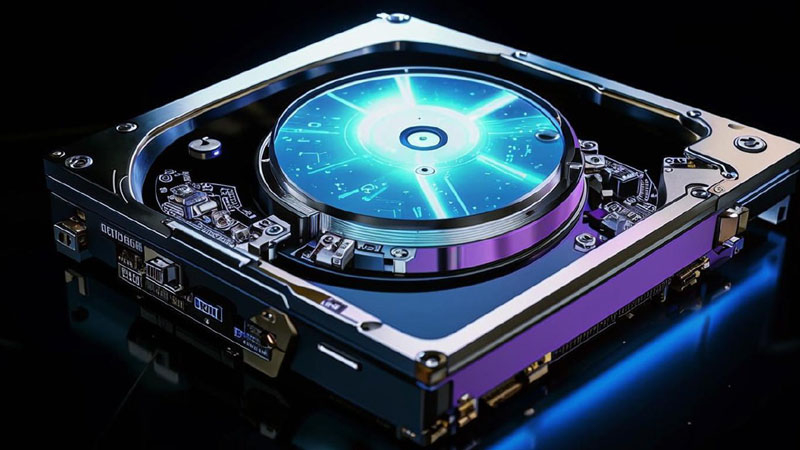Scientists from Australia have reported the development of “three-dimensional” topological error correction codes for quantum computing. The scheme they proposed uses fewer physical qubits per logical qubit for correction. The innovation promises to speed up the emergence of “quantum hard drives”—stores of quantum states for computing with unimaginable levels of performance.

Image source: AI generation Kandinsky 3.1/3DNews
As is known, the coherence time of qubits—the retention time of entangled quantum states—is very short due to their high instability. And if it is extremely difficult to deal with physics, then error correction operations can help in carrying out error-free calculations. Classical computers have shown this quite convincingly. But in the case of operations with qubits, everything is much more complicated – they require their own codes and correction mechanisms.
The traditional method for correcting errors in quantum computing is the so-called topological code or surface code, which also has other names. This is a kind of table or matrix that requires a physical or circuit implementation of logical qubits from several physical ones. Ideally, for error-free operation of each logical qubit, 1000 physical qubits are needed, but a scalable quantum computing platform cannot be built on this approach.
Scientists from Australia have set themselves the task of moving away from traditional surface code and creating its three-dimensional analogue, which would help facilitate the creation of a quantum computer or simulator with more efficient error correction and economical use of physical qubits. As they recently reported in the journal Nature Communications, they succeeded.
«Our proposed quantum architecture will require fewer qubits to suppress more errors, freeing up more for useful quantum processing,” lead author Dominic Williamson, a researcher at the University of Sydney Nano Institute and School of Physics, said in a statement. Institute and School of Physics).
«